In sum, this book, despite the subtitle, offers very little about the boy, adolescent, young man, or adult. Hammarskjõld was born to the purple. He grew up and lived most of his life to twenty-five in a palace in Uppsala, that being the official residence of the provincial governor, his father. However the book is excellent on his tenure at the United Nations.
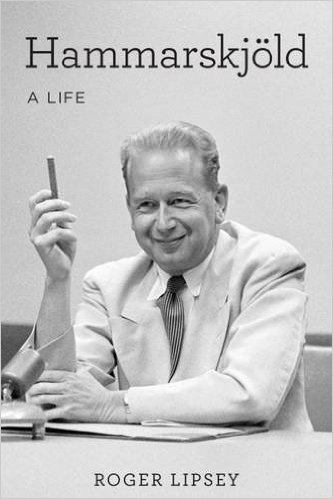
He had little international experience but some on a Marshall Plan Committee as an economist. Because Swedes did not receive Marshall Plan monies they were trusted to allocate and manage it. Hammarskjõld had been an economist at the Bank of Sweden and done some international negotiating.
There is nothing about his life, experiences, or attitude to World War II. Why and how he learned English is not discussed. He also spoke German.
Trigve Lie from Norway was the first Secretary-General and he had taken sides in the Cold War, though he wanted a second term, the Soviet bloc was alienated.
The next Secretary-General had to be a neutral. The less experience the better, so as not seen to be committed or to have baggage.
Hammarskjõld entered as completely into the job as if he were entering a monastery. He sworn and oath to the Charter which thereafter he carried on his person for ready reference, yes, but also as a document to venerate. There is a spiritual quality to his commitment.
No women. No significant other of any kind. Though many rumors about homosexuality.
His life was monastic. He got by on three to four hours sleep most of the time. In a deep crisis like the Congo, less and in quiet time little more.
At the United Nations he relied heavily on Ralph Bunch, first for internal administration and management and later as a deputy diplomat. (Maybe I should read about Bunch, this extraordinary individual.)
‘Markings’ Hammarskjõld’s personal notebook reveals the spiritual inner man who communed with the writings of medieval Christian writers. Much of this book and consists of musings on Hammarskjöld’s musings in ‘Markings.’ Hundreds of pages. All too much musing and not enough narrative.
Hammarskjõld had tall poppy cutters in Sweden who made career out of criticising him. Newspaper editors, who extended their animosity to berating the posthumously published ‘Markings.’ It is good to know that Australian media ethics are in such good company in the gutter.
Some of Hammarskjõld’s speeches are fabulous. Lucid, clear, targeted at the next step, infinitely patient, aware of the pressures on others, but punctuated with some elevated words to inspire. He seems to have gotten better and better at this rhetorical skill in the UN. It is not something he had any previous experience or preparation to do. They read well, though I have no idea how he delivered them.
Hammarskjõld more or less created the role of the international civil servant, and reflected on that, especially in the in-house speeches and reports to UN staff.
He had some successes in meditating conflicts, like the Suez Crisis in 1956. Then came the big one.
The Congo consumed him even before he died there. The endless fragmentation, the intervention of Europeans to support the Belgians who did not want to leave, and the tribal and regional violence armed by the Soviets, the CIA, Belgians, South Africans…. were let loose. The single Congo became two, then three then four entities each with its internal constituencies, that is tribes, and external supporters, and all armed to the teeth.
Patrice Lumumba is the most interesting of the characters in the Congo. He was an articulate idealist who seemed to have been able partly to bridge some tribal differences. He was a rabble rouser on radio and in person. But he had no ability to work with others in committee, completely useless as an administrator, and he had no competent second to cover these things. He was a front man only with no band behind him. He could arouse a crowd but he could not lead it anywhere. His only message was to reject the Belgians and as they left the vacuum was filled.
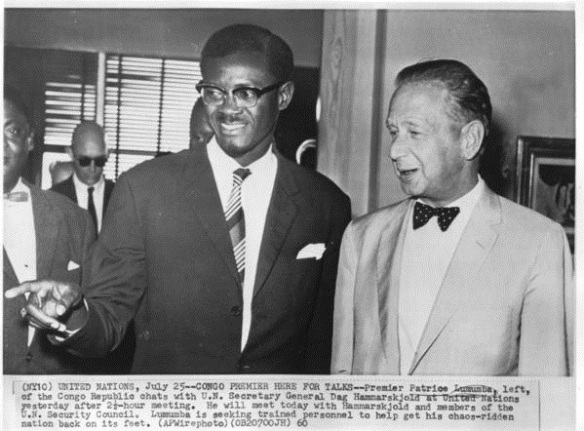 Dag Hammarskjõld and Patrice Lumumba
Dag Hammarskjõld and Patrice Lumumba
There is much about Hammarskjöld’s death. Hear-say, secondhand, and some alleged eye witnesses who feared to speak at the time and who now cannot shut up thirty years later. All the so-called doubts seem to me to be speculation. If any other death was raked up thirty years later it would be the same.
There was a lot of mission creep in the Congo, despite his efforts to limit it. It went from peace-keeping to, since there was no peace, peace-making.
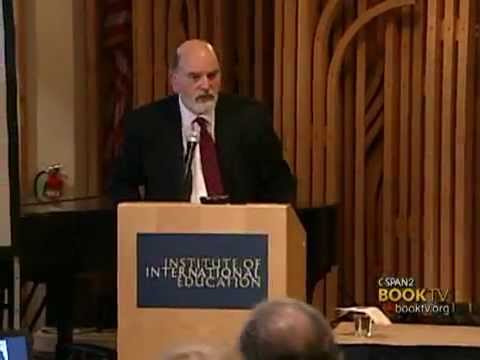 Roger Lipsey
Roger Lipsey
The book is far too long and there is just too much musing for a biography. Moreover, there is precious little biography of the boy become man in Sweden. It is a reflection on Hammarskjõld’s tenure as Secretary-General, and it is good on that. But despite the many musings on Hammarskjõld’s musings, I never did feel I was getting close to the inner man. I did feel impatient more than once.
The dissolution of the Belgian Congo was a grim story that occupied the television news every night, and it consumed a lot of good men and women. When I looked for a biography I found many on Hammarskjõld’s death, conspiracy theories, ‘now it can told,’ sort of titles that seemed to be ghoulish attempts to capitalise on his death. All in the spirit of Jim Garrison (for president) on JFK.
Month: March 2016
William Dietrich, The Trojan Icon (2015)
This is the eighth outing for Ethan Gage that energetic Eighteenth Century rogue. While I have enjoyed most of the books in the series, once again I had the feeling that the the wind is leaving Ethan’s sails. This title is much slower and more serious than its predecessors. Ethan does not sparkle. He worries a lot. The word ‘again’ refers to ‘The Emerald Storm’ (2012) which seemed more a forced march than a romp.
![]()
Moreover, the narrative is divided between Ethan and Astiza, his wife, and she is even more serious than Ethan has become because she worries about their son Horus (Harry) who also has some chapters, consisting chiefly of him worrying about his mother. There is a lot of worrying. These three worry enough to be Op-Ed writers, that professional worrying class.
The technique of alternating chapters with the voices of Ethan, Astiza, and Horus slows the pace a lot. And it is distracting. Especially Horus, the eight year old whose range is, well, that of an eight year old.
On the other hand there are vivid characterisations of the many individuals and the places that Ethan meets and traverses but once again it was too much, St. Petersburg and the Russian court, Poland and a revanchist noble, Istanbul and the the harem in the Topkapi. Indigestion, I cried. All of this name and place dropping is not a substitute for élan, spirit, movement, and fun.
Yet for all the movement there is none of the pace that I have so enjoyed in some of his earlier titles in this series. In these pages the movement is punctuated by long periods of rest and relaxation. and, of course, worry.
One character drops out of the story half any through, namely the Russian prince, whom I keep expecting to re-appear, as others do in this novel and have in the others in the series, else why have him in the first place. Answer: a plot device.
It is peopled with some truly malign villains, von Bonin and Count Dalca. Neither one is a quitter, that is for sure.
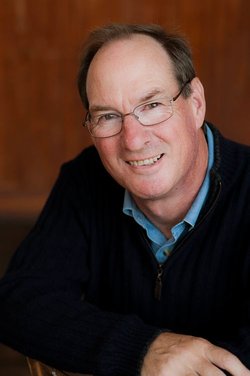
The eight Ethan Gage novels.
1 Napoleon’s Pyramids (2007)
2 The Rosetta Key (2008)
3 The Dakota Cipher (2009)
4 The Barbary Pirates (2010)
5 The Emerald Storm (2012)
6 The Barbed Crown (2013)
7 The Three Emperors (2014)
8 The Trojan Icon (2015)
I found ‘The Emerald Storm,’ despite its exotic setting, to be forced as I found this title to be. I read this one on the Kindle. I do hope the author consults Alfred E. Neuman before he writes the next one follows Neuman’s timeless advice ‘What, me worry?’
Non-entities to the left and to the right.
The increasing polarisation of politics in the United States has many consequences that are less visible than the entertainers vying for presidential nominations.
One long term consequence that has infected both Republican and Democratic administrations has been the selection of appointees. More than once able candidates have demurred or declined, while still others have been blocked in the Senate, or raked over the coals there so comprehensively that it becomes impossible subsequently for them to do the job. The Cold War custom of appointing as Secretary of Defense someone the other party, i.e., a Democratic President appoints a Republican as Defense Secretary has become nearly impossible. For a Republican to accept an appointment in a Democratic administration is now Tosca’s kiss. Secretaries of the Treasury were often appointed in the same way. But no more. As were ambassadors to particularly important posts. There was in short a bipartisan approach to some matters regarded as above politics.
It is routine for the fourth or fifth choice to be selected, because choices one through four feared the nominating process.
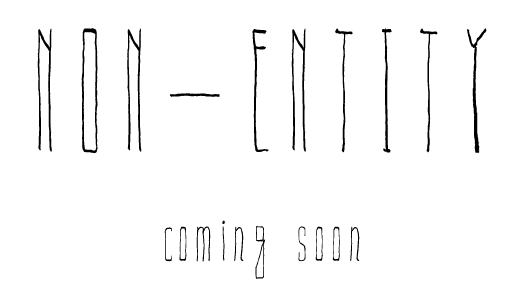
The endless media scrutiny starts long before the name is finally said, ignited by rumours and trial balloons. That however is nothing compared to securing the advice and consent of the Senate. Whereas for several generation the norm was that the President choses, and the Senate advises what it thinks, and then consents.
Not so any more. The threat that the Senate will not consent is palpable. Each side will say the other started it.  The Senate playground.
The Senate playground.
Every Republican Senator knows that to vote for one of President Obama’s nominees will stimulate an attack from the Tea Party, and may lead to a challenge from within the Republican Party. Senator Richard Lugar cooperated with the Obama administration to speed the disarmament of Soviet missiles left in Eastern Europe, to keep them out of the wrong hands. Seemed like a top priority at the time. Still does. But Lugar was a Republican and when he came up for renomination his Republican rival painted him as Satan incarnate for supping with the black devil in White House, and he won. So ended Lugar’s career. By the way the same was true for Democrats during the Bush Administration, but it was less conspicuous.
The unspoken fact is that one president after another has chosen to avoid such a confrontation by selecting a certain kind of candidate. Since all this has come up, again, about the Supreme Court, let us take that example.
Whereas Supreme Court nominees were once leaders in the judiciary with widely quoted opinions, long and closely argued articles in premier law journals, keynote speakers at the most important legal conferences, reputations for analysis….and more. Not so any more.
The paper trail of such outstanding candidates is rich pickings for someone willing to misconstrue, misinterpret, and de-contextualize everything to settle old scores and to embarrass the nominator.

The result is the routine selection of candidates with a small paper trail because they are a smaller targets, not because they are better jurists.
This preference for ever smaller targets is now commonplace. The more obscure the candidate the better. While the Supreme Court is the big ticket in this game, it is not unique.
Cabinet appointments can also be vexed, as plenty of recent examples have shown. That the Senate consented to Hillary Clinton or John Kerry is due to their service as Senator. Like the media, the Senate does not (yet) eat its own.
